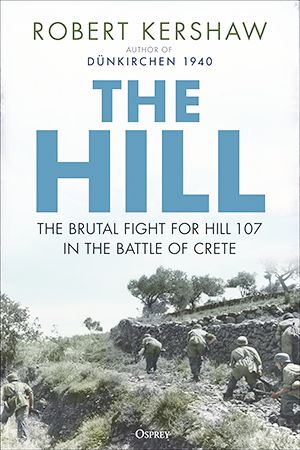 By Christopher Miskimon
By Christopher Miskimon
Captain Stanton Johnson’s company of New Zealand infantry slowly recovered from a bombing raid by the German Luftwaffe. He had three platoons with 117 rifles, seven Bren guns, nine Tommy guns, a Lewis gun, and Browning machine guns stripped from wrecked RAF aircraft dotting the airfield his company was assigned to protect. The huge clouds of dust raised by the bombing slowly started to dissipate, revealing the sky above. His orders specified his company remain in their defensive positions until the enemy paratroopers landed. No one mentioned anything about enemy gliders, but many of them came down, obscured by the dust. Johnson could hear firing to his left and right; it would be suicide to try and cross the flat airstrip, as bullets cracked over it. More gliders appeared, and Johnson’s men opened fire, raking the flimsy aircraft with rifle and machine-gun fire. Most of those Germans never made it out of their gliders. The few that did were quickly cut down. The battle was on.
The German airborne assault on Crete started a bitter struggle for control of the island. This new book focuses on the three-day struggle for Hill 107, which overlooked an airfield the Germans needed to land reinforcements. The narrative looks at the battle from the perspective of combatants on both sides. It is well-written and full of good detail, providing a well-rounded view of the battle.
The Hill: The Brutal Fight for Hill 107 in the Battle for Crete (Robert Kershaw, Osprey Publishing, Oxford, UK, 2024, 368 pp., maps, photographs, bibliography, notes, index, $30, HC)
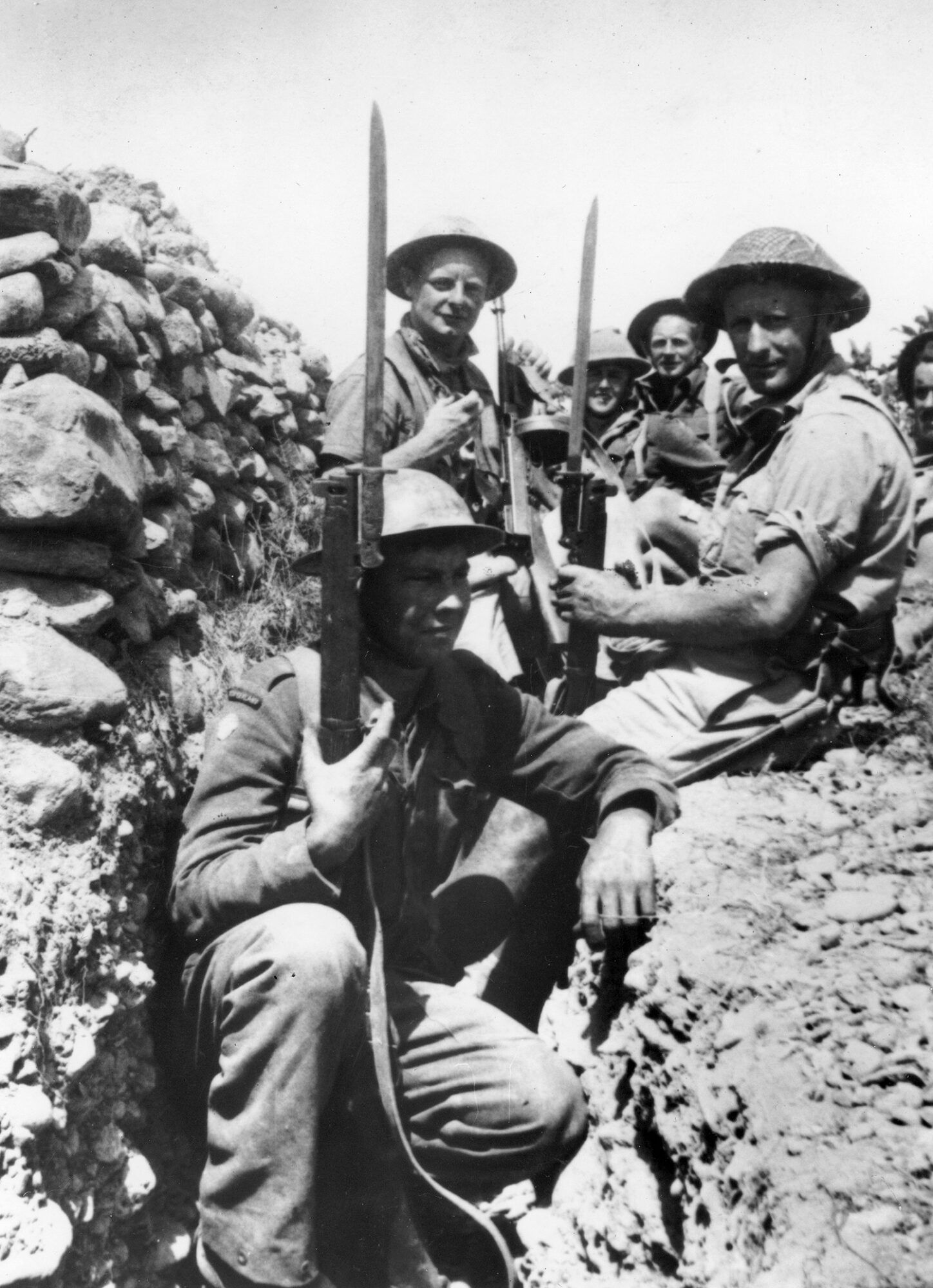
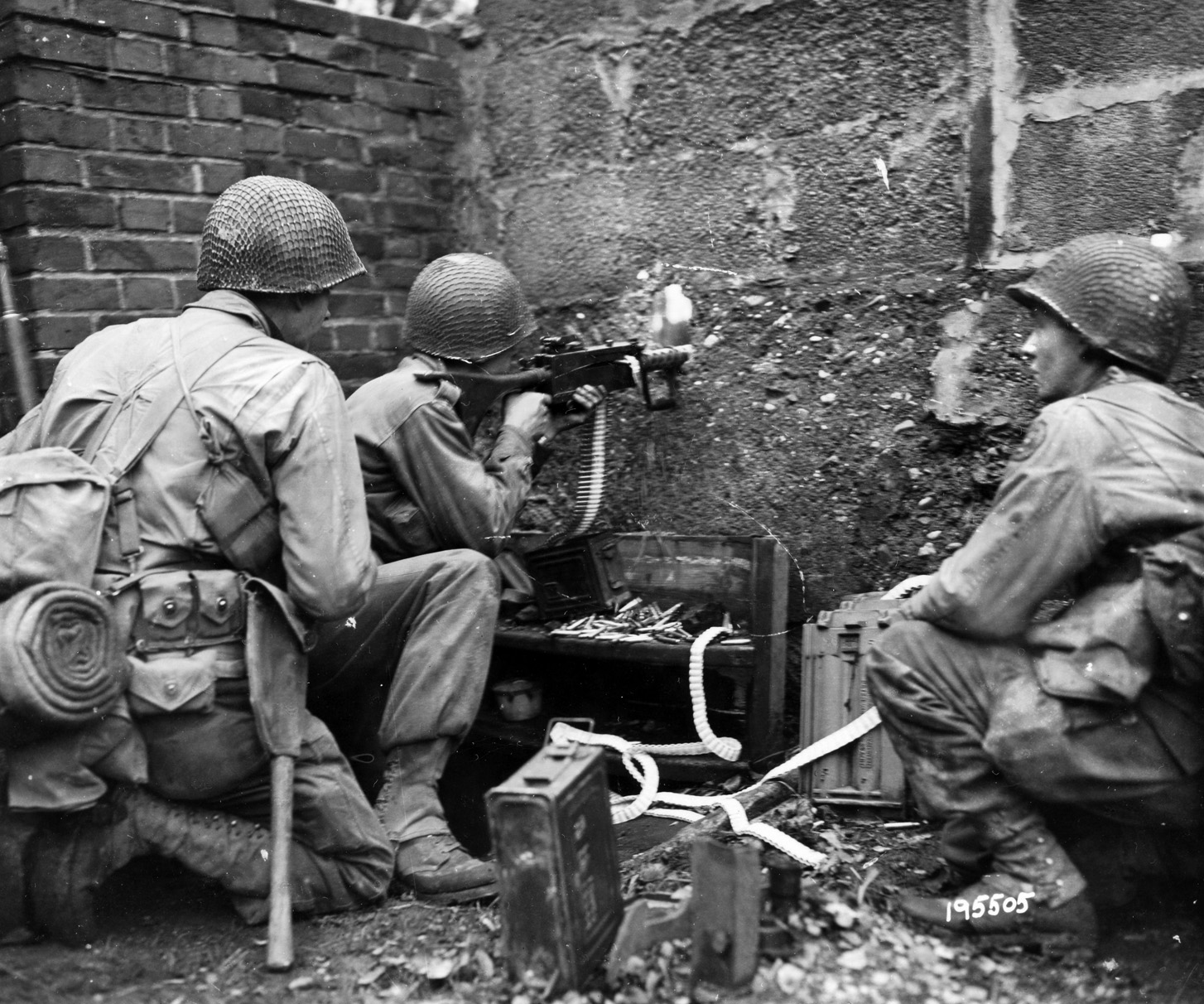
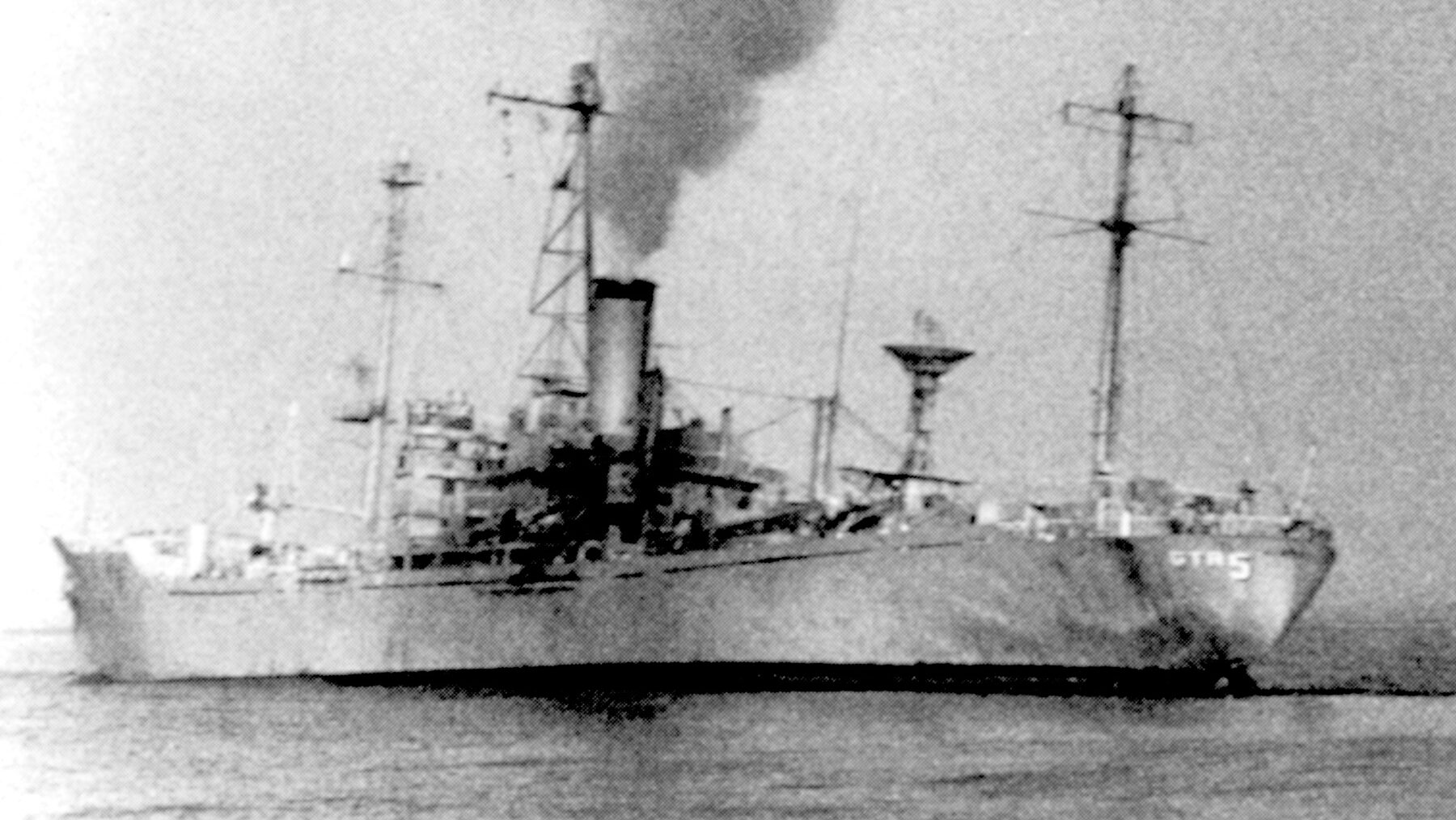
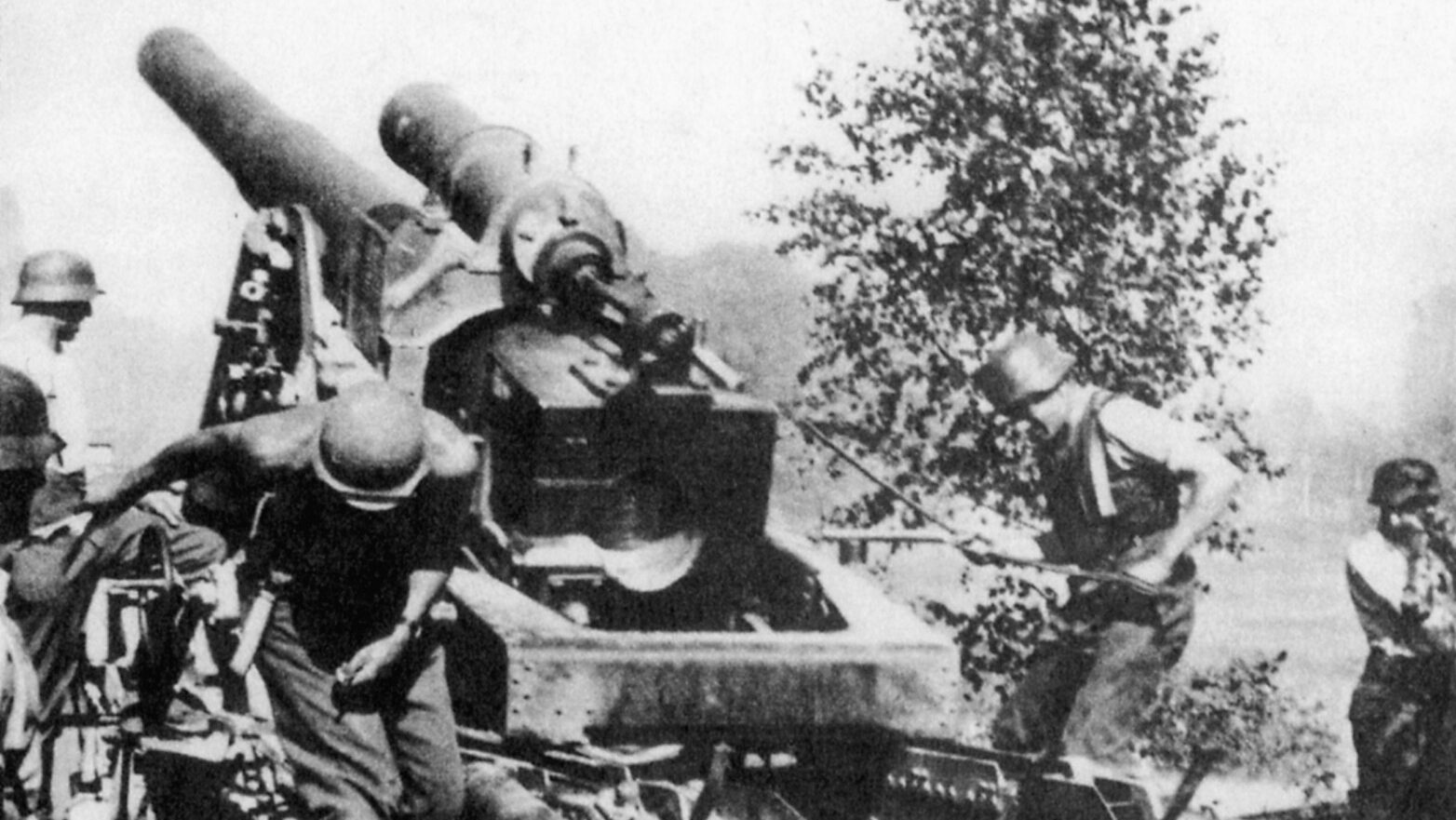
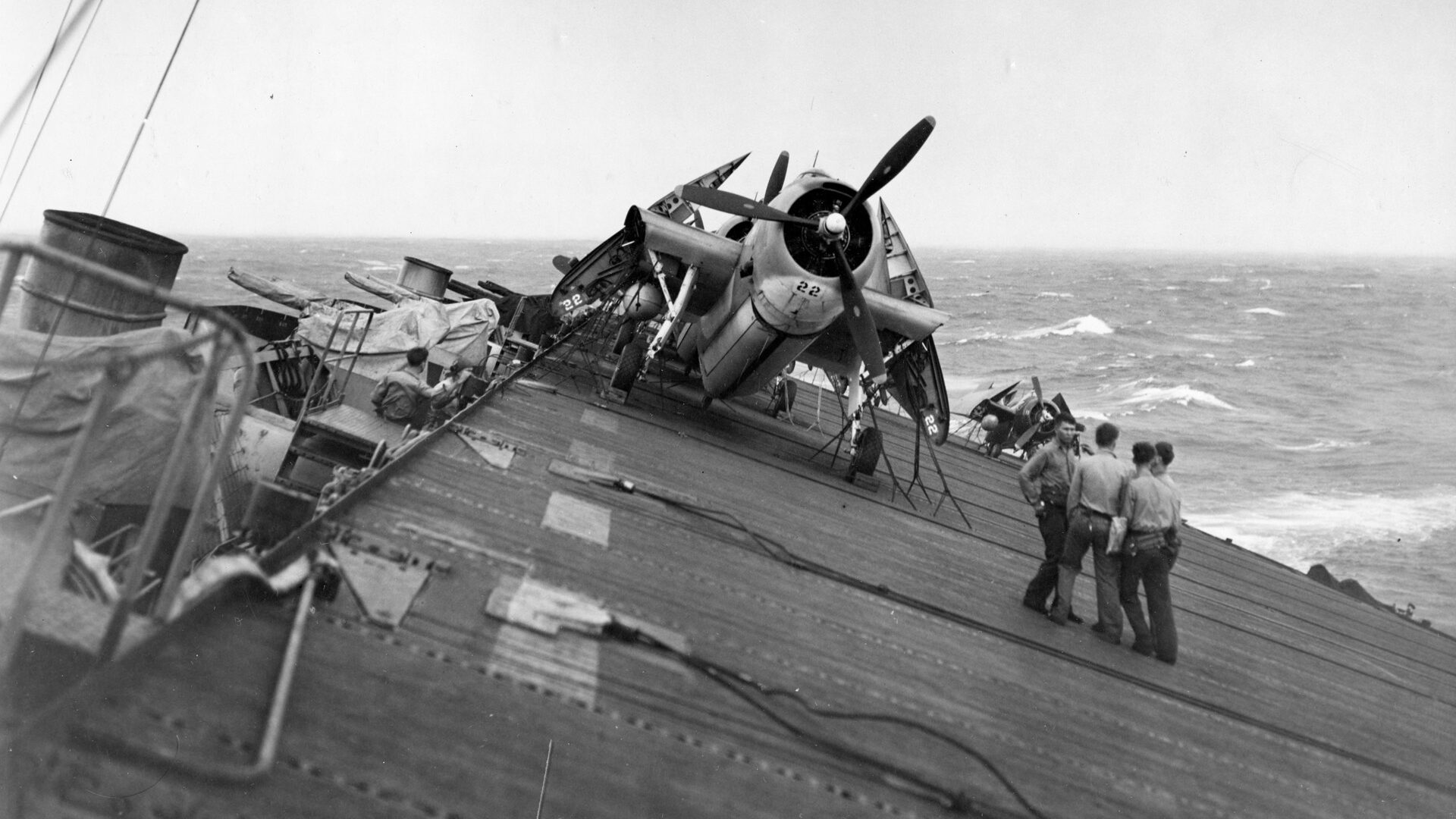
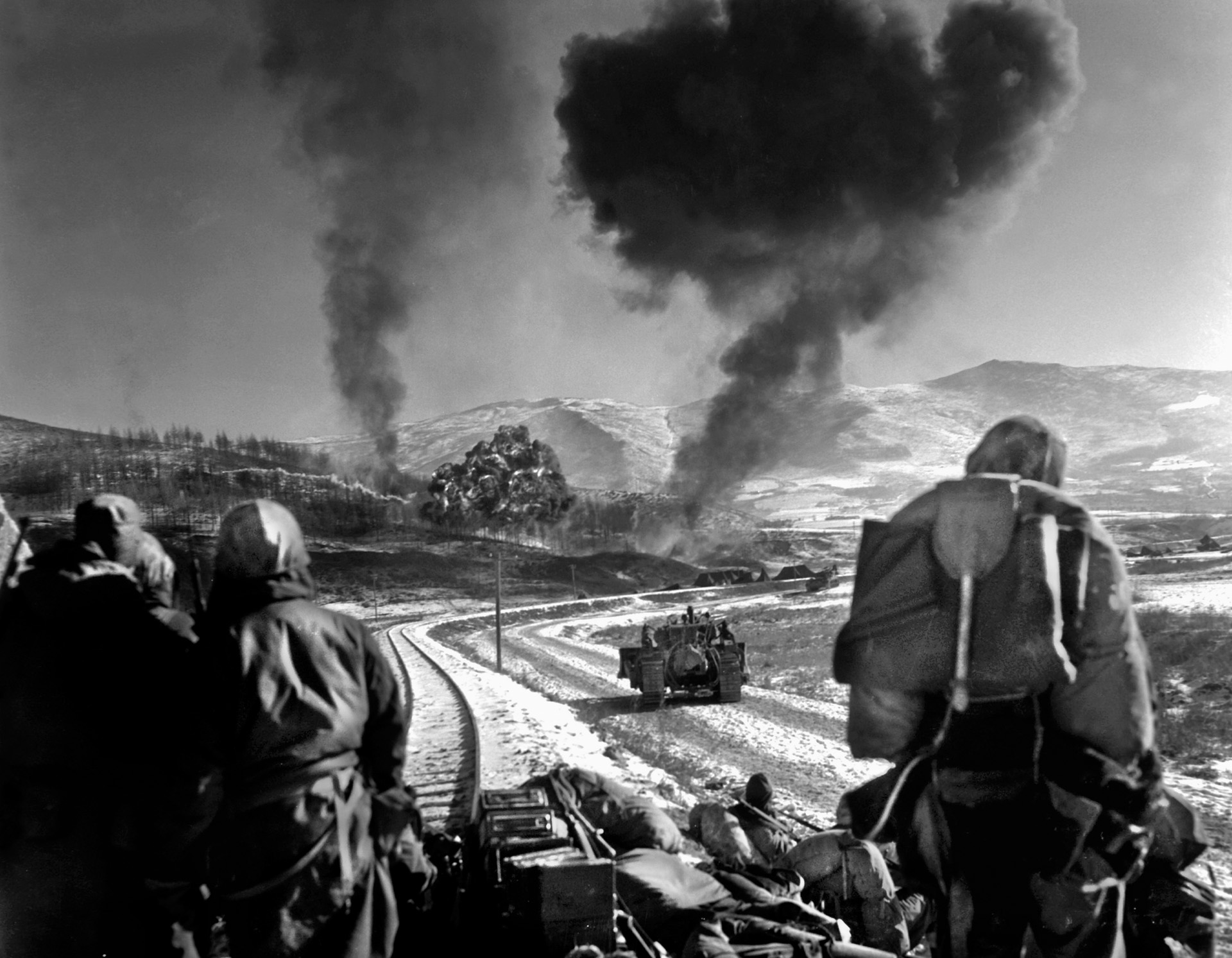
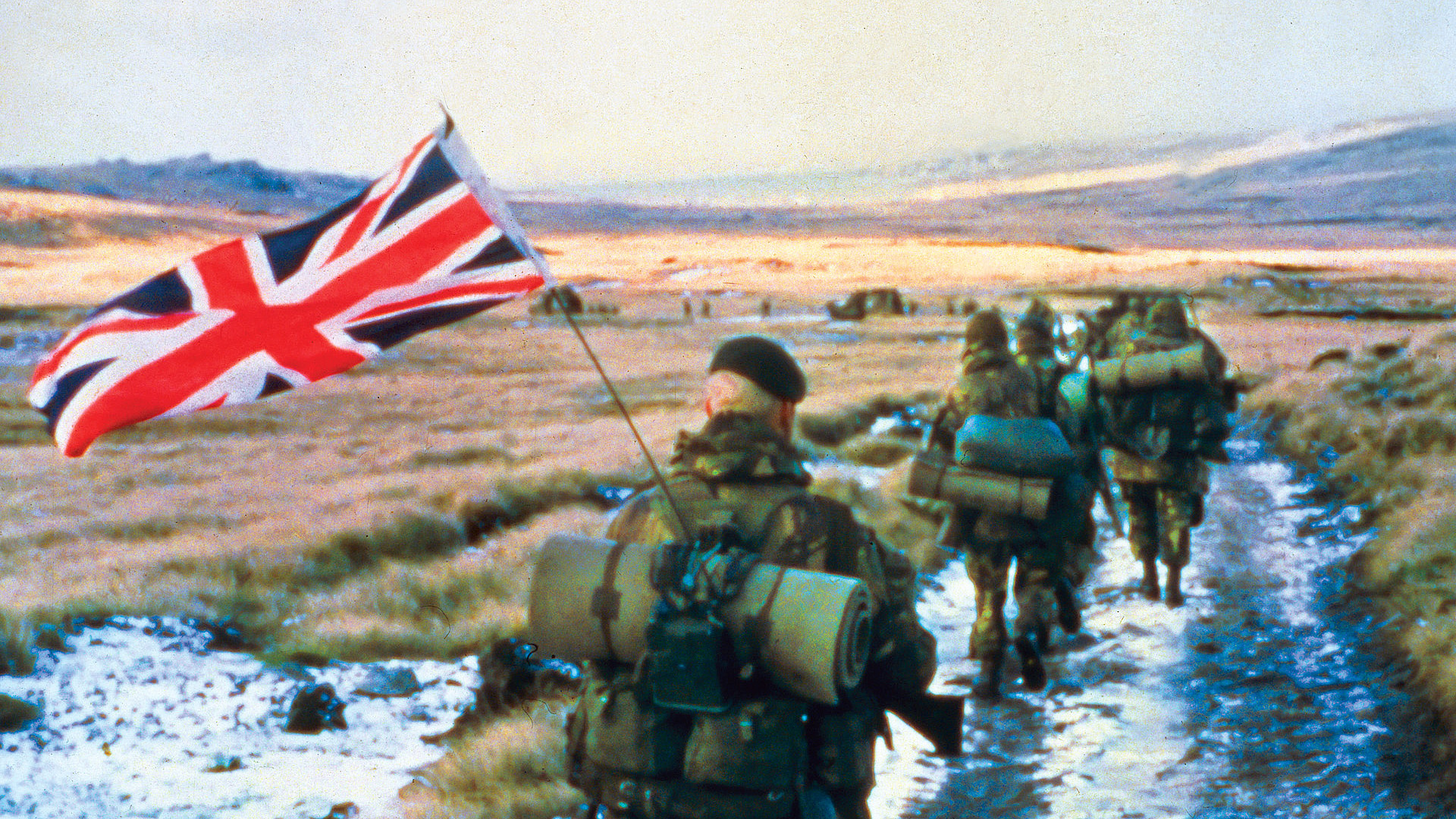
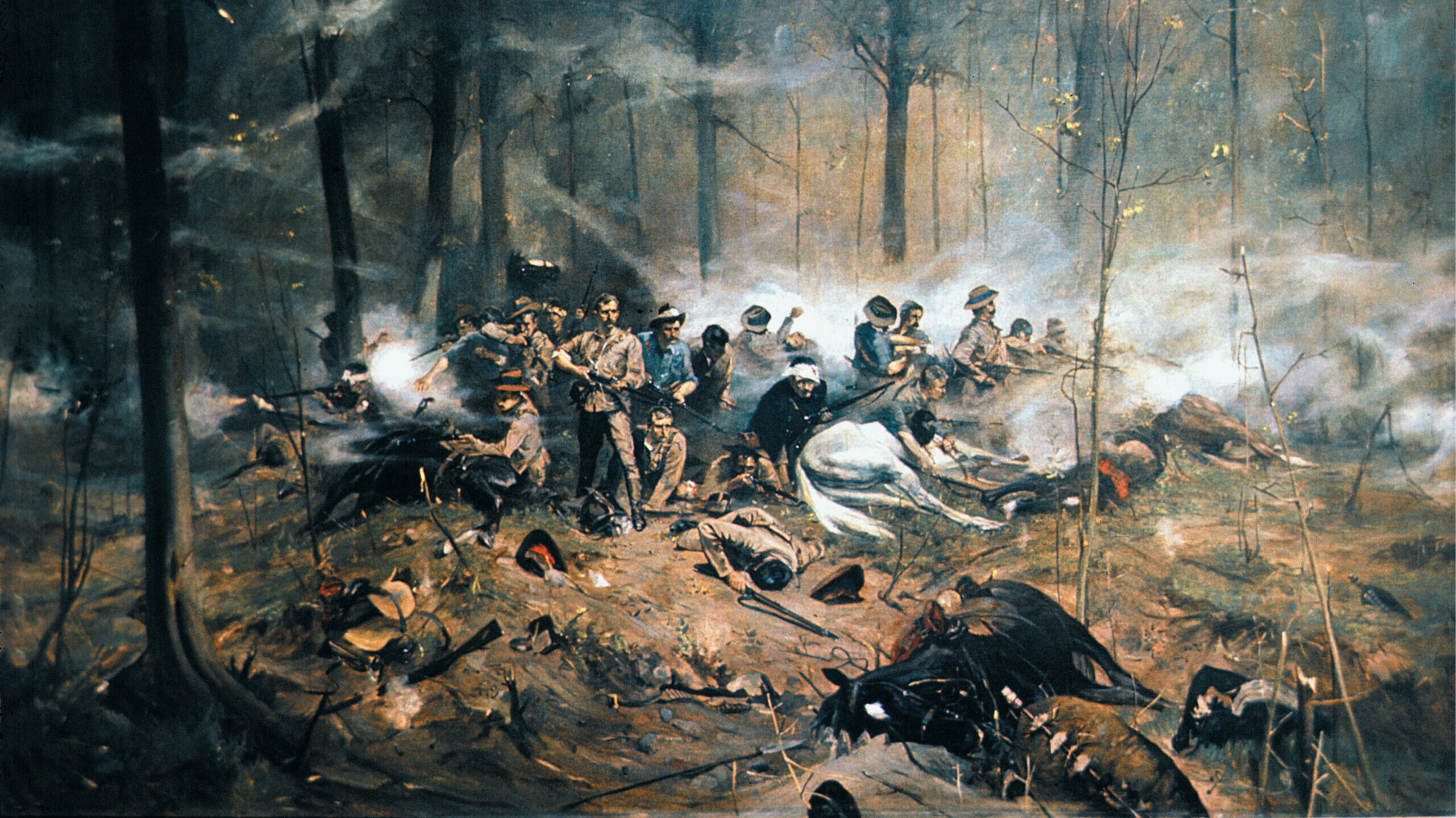
Join The Conversation
Comments
View All Comments